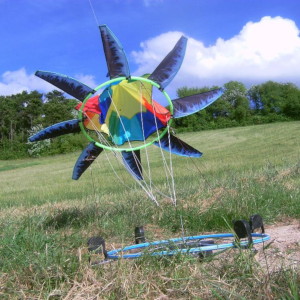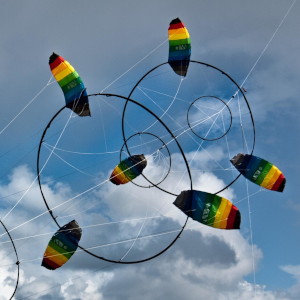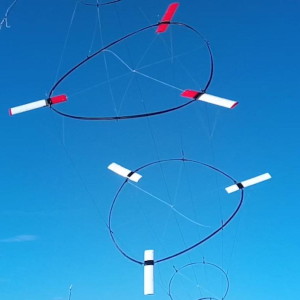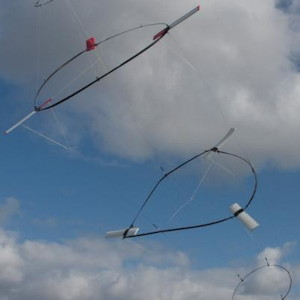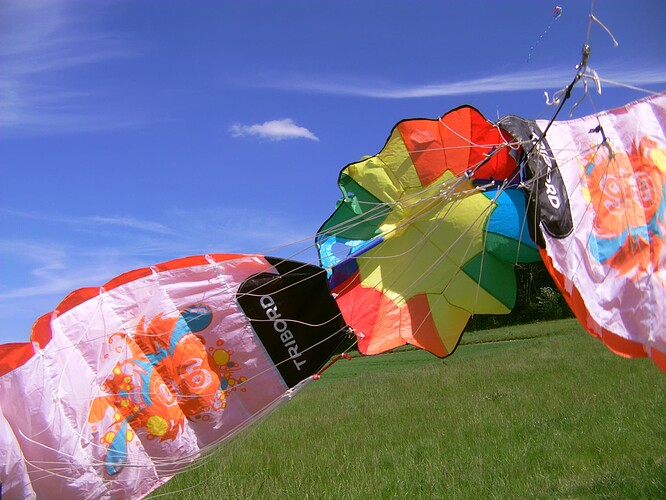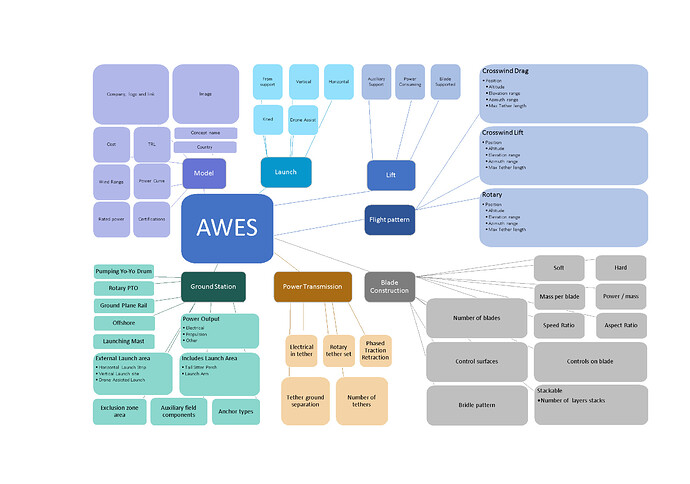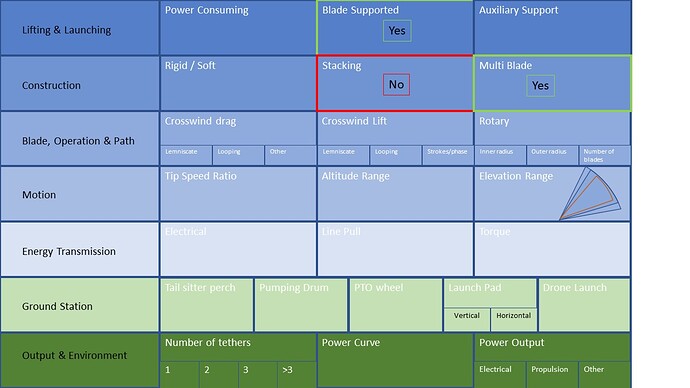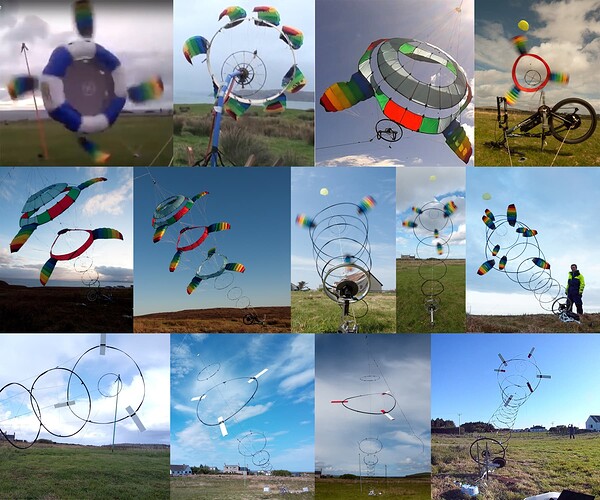Authors: Filippo Trevisi, Alessandro Croce, Carlo E.D. Riboldi
PDF available
Abstract
The flight mechanics of rigid wing Airborne Wind Energy Systems (AWESs) is fundamentally different from the one of conventional aircrafts. The presence of the tether largely impacts the system dynamics, making the flying craft to experience forces which can be an order of magnitude larger than those experienced by conventional aircrafts. Moreover, an AWES needs to deal with a sustained yet unpredictable wind, and the ensuing requirements for flight maneuvers in order to achieve prescribed control and power production goals. A way to maximize energy capture while facing disturbances without requiring an excessive contribution from active control is that of suitably designing the AWES craft to feature good flight dynamics characteristics. In this study, a baseline circular flight path is considered, and a steady state condition is defined by modeling all fluctuating dynamic terms over the flight loop as disturbances. In-flight stability is studied by linearizing the equations of motion on this baseline trajectory. In populating a linearized dynamic model, analytical derivatives of external forces are computed by applying well-known aerodynamic theories, allowing for a fast formulation of the linearized problem and for a quantitative understanding of how design parameters influence stability. A complete eigenanalysis of an example tethered system is carried out, showing that a stable-by-design AWES can be obtained and how. With the help of the example, it is shown how conventional aircraft eigenmodes are modified for an AWES and new eigenmodes, typical of AWESs, are introduced and explained. The modeling approach presented in the paper sets the basis for a holistic design of AWES that will follow this work.


